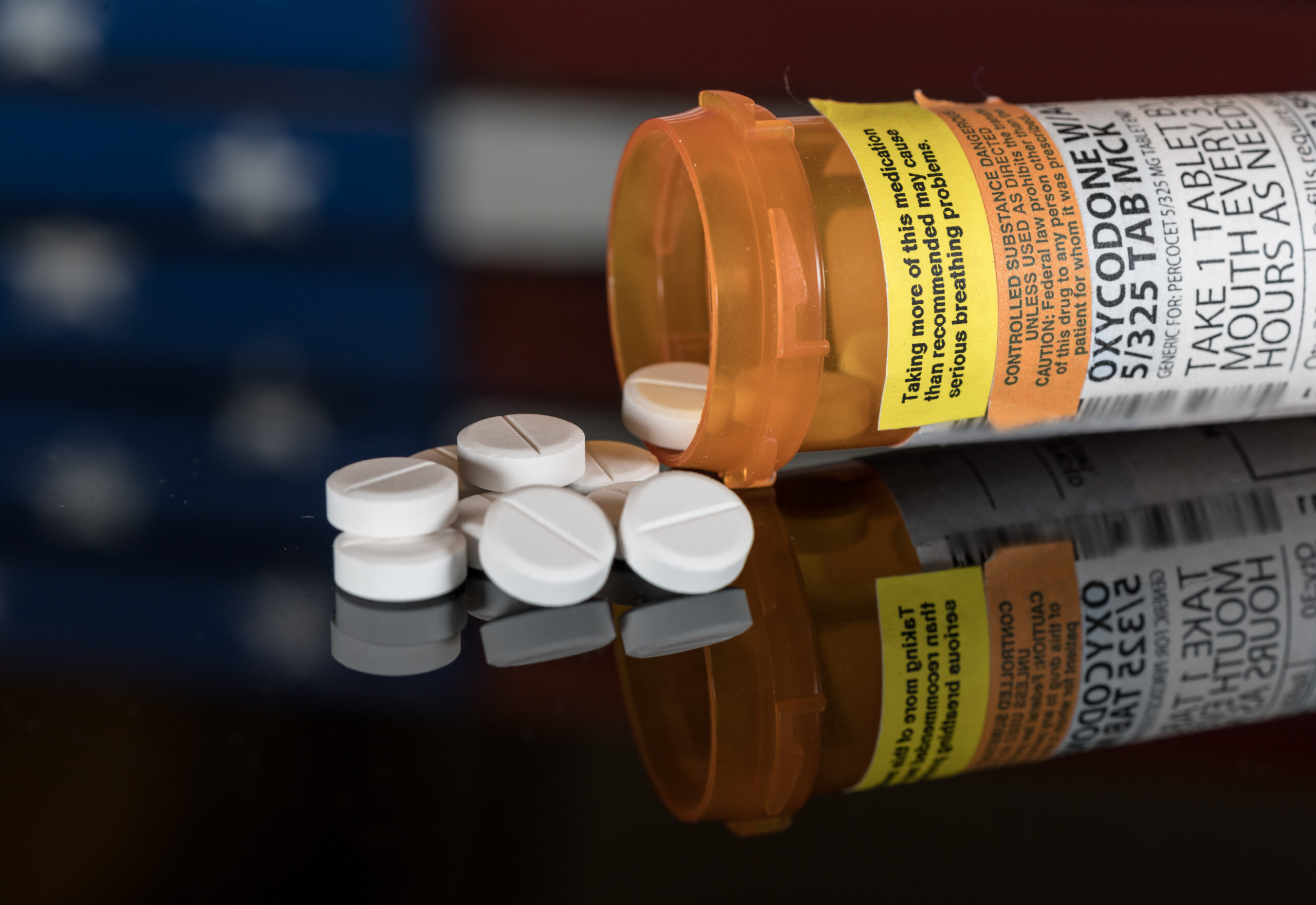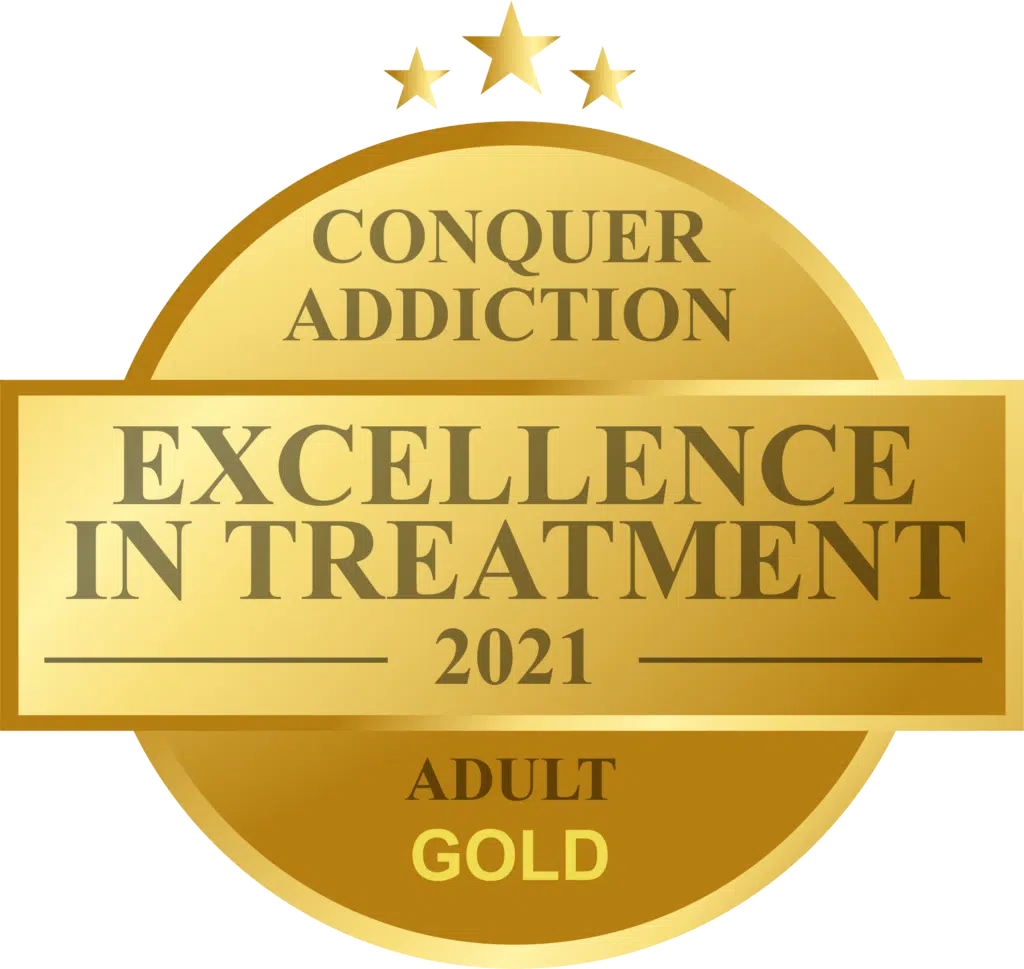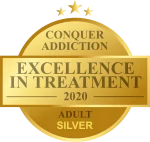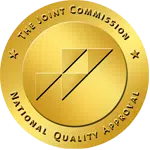Hallucinogenic plants often have a reputation for being all-natural and free of lasting side effects. Many of these plants remain legal in several parts of the world and can be easily obtained.
But how dangerous are they? Are they addictive? Can they lead to hospitalization and death? Below we take a deeper look at hallucinogenic plants, their effects on the body, and how you can overcome a substance misuse situation and live a healthy life.
What Are Hallucinogens?
Hallucinogenic drugs are alkaloid-containing compounds that make the user see sounds and hear visions (i.e. hallucinate). Many people who dabble with hallucinogens are under the false impression that these are low-risk drugs. They may not be as addictive or physically damaging as substances like heroin or cocaine, but these drugs can be psychologically damaging and can lead to psychological dependence.
Many hallucinogenic substances come from plants, and many have been used by indigenous people worldwide in aid of spiritual rituals. The alkaloids in these drugs, when consumed, mimic neurotransmitters (the brain’s chemical messengers) to make you see or hear things.
A person’s depth perception, sense of time, and objective reality are warped while under the influence of psychedelics, so serious injury and accidental death are significant risks. We provide hallucinogen addiction treatment at our luxury rehab center. In our program you can become sober and learn the dangers of hallcinogenics.
Which Plants Make You Hallucinate?
- Opium poppy (Papaver somniferum)
The opium poppy is a beautiful flower native to Turkey and is a familiar garden plant in the United States. Cutting the unripe seed capsules causes them to exude a milky latex, which is the source of raw opium. This latex can be processed into morphine, codeine, and heroin.
- Peyote (Lophophora williamsii)
Peyote is a small cactus only found in the Chihuahuan Desert of northern Mexico and southern Texas. The cactus tops can be dried to form “mescal buttons,” (well known for their hallucinogenic effects) and contain several alkaloids including mescaline.
- Salvia (Salvia divinorum)
This plant is also referred to as Ska Maria Pastora, Diviner’s Sage, Salvia, and Seer’s Sage is a psychoactive plant that causes hallucinatory experiences. Salvia is an unassuming herb that belongs to the mint family and has gained renown for its growing popularity.
- Cannabis (Cannabis sativa)
Cannabis (marijuana) is grown worldwide and is probably the most widespread psychoactive plant. Tetrahydrocannabinol (THC) is the active ingredient in cannabis and is present in both male and female plants, but it is highly concentrated in the flowering tops of the female. You can get marijuana addiction treatment in California, before substance misuse harms you.
- Ayahuasca (Banisteriopsis caapi)
Ayahuasca is a South American jungle vine of the family Malpighiaceae used to make the ayahuasca drink. This plant contains tetrahydroharmine, harmine, and harmaline.
- Betel nut (Areca catechu)
Betel nut is not west, but chewing this nut is the habit of an estimated 10% of the world’s population. Betel’s roots in culture go back thousands of years and is considered to be the fourth most common psychoactive drug in the world (following caffeine, nicotine, and alcohol).
- Tobacco (Nicotiana tabacum)
Tobacco is native to the Americas and is distinguished by its large leaves which are an extremely concentrated source of nicotine. Nicotine is the primary active ingredient in the tobacco used in snuff, cigarettes, and cigars, and is an extremely addictive drug that has a remarkable biphasic psychoactive effect: when inhaled in short puffs it acts as a stimulant, but smoking it in deep drags causes a tranquilizing effect. At AToN we can address many stimulant use disorders, including treatment for tobacco addiction.
- Jimsonweed (Datura stramonium)
Jimsonweed can be found in much of North and South America. This is a weedy annual plant with unique white tubular flowers and spiky seed pods. The seeds and leaves contain potent alkaloids (hyoscine and hyoscamine) that cause hallucinations.
- Coca (Erythroxylum coca)
Coca is a tropical shrub that hails from certain regions of Ecuador, Peru, and Bolivia. Coca leaves contain the alkaloid cocaine and for centuries have been chewed by Peruvian Indians and Bolivian Indians. However, coca leaves can also be processed into a concentrated white crystalline powder that can be injected, smoked, or otherwise consumed.
Can You Become Addicted to Hallucinogenic Plants?

The answer to that question is not straightforward. Different plants have different effects on the brain and body, and some are more likely to cause dependence or withdrawal than others. Most experts, however, agree that psychedelics do not produce the same kind of addiction as other drugs like opioids or cocaine.
Addiction is a chronic condition marked by obsessive drug use despite harmful consequences. Most psychedelic drugs and plants do not fit this definition because they do not cause cravings, tolerance, or withdrawal symptoms. Many people find the psychedelic experience so intense and unpleasant that they refrain from ever repeating it.
Despite that, this does not mean that psychedelics are benign or free from risks. Certain hallucinogenic plants (like iboga) may have toxic impacts on the heart or liver and can be fatal in high doses. Some people may also experience negative psychological effects from psychedelics, such as depression, anxiety, paranoia, or psychosis. These effects are more likely in people with a history of mental illness or trauma. This is why we have a co-occurring disorders treatment program to address both addiction to hallucinogens and mental health challenges that result from drug misuse.
Additionally, some people may use psychedelics in ways that interfere with their daily functioning and well-being. For example, some people may become enamored with the spiritual or mystical aspects of psychedelics and neglect their personal or professional responsibilities. Others using psychedelics as an escape from reality or as a coping method for emotional problems develop a psychological dependence on them.
Are Hallucinogenic Plants Dangerous?
Hallucinogenic plants can alter perceptions and create out-of-body feelings. Their effects are not often long-lasting unless used in excess, but in certain situations, they can become dangerous.
Firstly, hallucinogenic plants can have unexpected and harmful effects on the body and mind. Depending on the dose, type, and method of ingestion, hallucinogenic plants can cause nausea, vomiting, blood pressure, diarrhea, increased heart rate and body temperature, muscle spasms, seizures, coma, and death. A few hallucinogenic plants may trigger or worsen mental health issues, such as anxiety, depression, paranoia, or psychosis. In certain situations, people may experience persistent or recurring hallucinations or flashbacks after using hallucinogenic plants in a condition known as hallucinogen-persisting perception disorder (HPPD).
Secondly, hallucinogenic plants can be difficult to identify and dose correctly. Many hallucinogenic plants bear similarities to other plants that may be poisonous or lethal. Imagine chewing on some poison ivy or poison oak seeking spiritual awakening. Certain mushrooms contain psilocybin, a hallucinogenic compound, and can be easily confused with other mushrooms that contain amatoxins, which can cause liver failure. Similarly, some plants that contain atropine and scopolamine, such as jimson weed and the dreaded nightshade, can cause seizures, violent hallucinations, and death.
Thirdly, hallucinogenic plants can be illegal and have negative social and legal consequences. Many hallucinogenic plants are considered controlled substances in many countries and regions. Peyote cactus, which contains mescaline, is illegal to sell, possess, or ingest in the US and Canada, aside from members of the Native American Church who use it for religious purposes. Other hallucinogenic plants, while not explicitly banned, may still fall under the category of analogs or derivatives of controlled substances. Possession or use of these plants can result in arrest, prosecution, imprisonment, fines, or other penalties.
As you can see, hallucinogenic plants are not harmless or risk-free. They can have serious physical, psychological, legal, and social repercussions for the user and others. Anyone considering using hallucinogenic plants should be aware of the possible dangers and seek professional help if needed.
What is a Hallucination Like?

A hallucination is like a false perception of something that is not there but seems very real and convincing to the person who experiences it. Hallucinations can affect all of the senses, such as sight, sound, smell, touch, and taste. Hallucinations can be caused by many different factors, such as mental disorders, drugs, sleep deprivation, stress, or brain damage.
Different types of hallucinations have different characteristics and effects on a person. For example, auditory hallucinations involve hearing voices that talk to you or about you, or other sounds that exist only to you. Visual hallucinations involve seeing objects, people, animals, or lights that are nonexistent, or seeing things in a distorted or altered way. Tactile hallucinations involve feeling sensations on your skin or inside your body that are fake, such as bugs crawling or organs moving. Olfactory hallucinations involve smelling odors that are not there or that no one else can smell. Gustatory hallucinations involve tasting strange or unpleasant flavors.
Hallucinations are normally very distressing and confusing for the person who experiences them. They can build feelings of fear, paranoia, anger, sadness, and isolation. They may also affect the person’s ability to think clearly, communicate effectively, perform daily tasks, and interact with others. Sometimes hallucinations are accompanied by delusions, which are false beliefs that are not based on reality.
Hallucinations can also be very challenging and frustrating for the people who care for or interact with the person who experiences them. They may be confused about what the person is going through or how to help them. They may also feel helpless, worried, annoyed, and guilty. Family therapy for addiction can remedy this and teach loved ones more about the disease and help develop compassion for an individual’s durg misuse.
What is the Treatment for Hallucinogen Use Problems?
Treatment for hallucinogen use problems depends on the type and amount of the drug (or plant) used, the individual’s physical and mental health, and the context of use. A few general treatment options include:
For acute intoxication:. This includes providing a quiet, calming environment while reassuring the person that the effects of the drug will wear off soon, and monitoring their vital signs. In certain cases, benzodiazepines may be administered to reduce agitation or seizures.
For persistent psychosis: This includes antipsychotic medication and/or psychotherapy. This type of medication-assisted treatment is available in our luxury medical detox center. Psychotherapy can help the person cope with their hallucinations, change their thoughts and behaviors, and address any underlying problems that may have led to their drug use.
For psychological dependence or addiction: This includes individual or group therapy, support group meetings, sober living homes, or medication-assisted treatments. Substance abuse treatment helps the person understand the causes and consequences of their drug use, develop coping skills and relapse prevention strategies, and restore their daily functioning and well-being.
Receive the Dedicated Care You Deserve at AToN Center!
AToN Center is an exclusive treatment center geared toward the business professionals. Our extensive and luxurious care spares nothing to help you along your recovery journey in a serene environment. Our staff understands the need for discretion as well as the demands of certain lifestyles. Contact us today to find out how we can help you recover full control of your life.
Originally posted on September 25, 2023 @ 1:46 pm


















